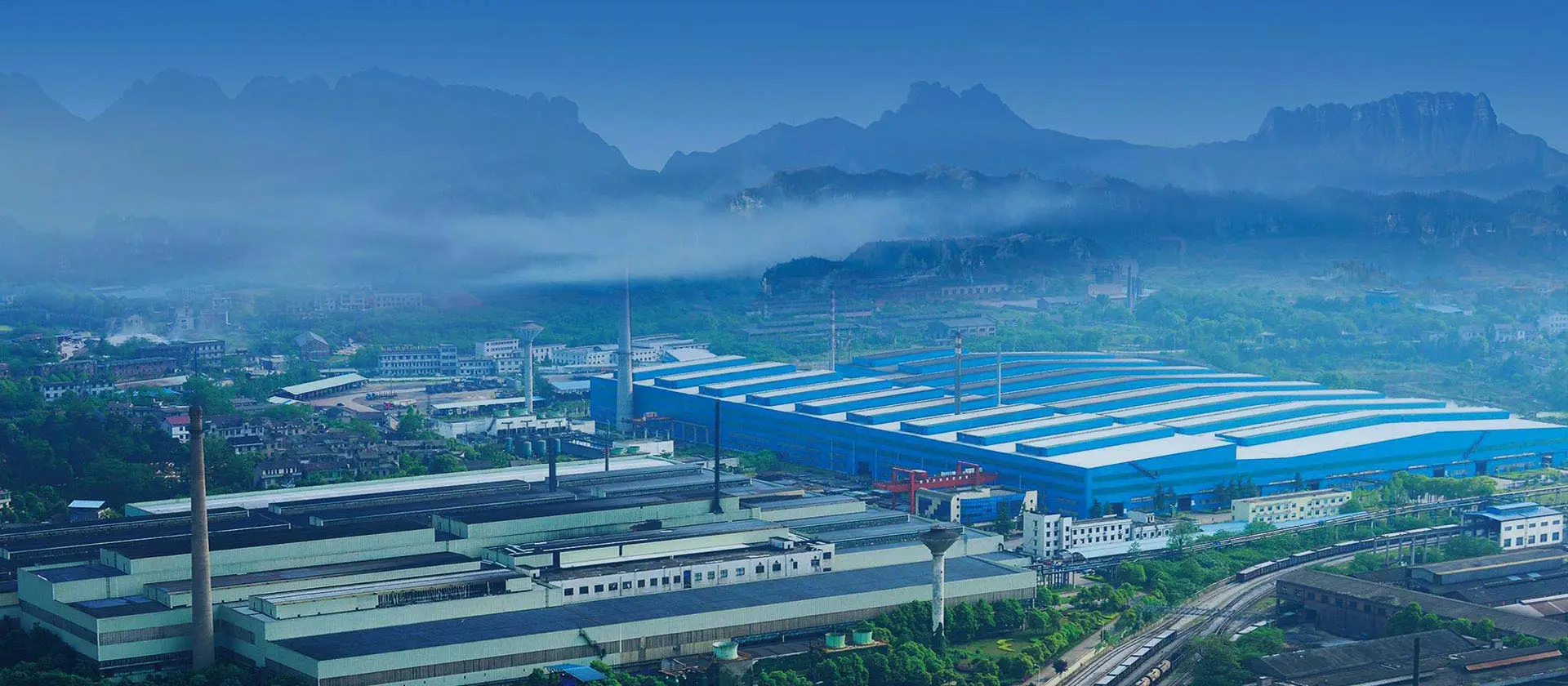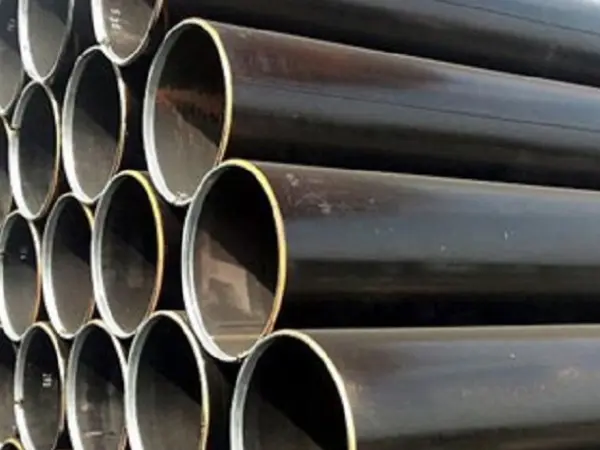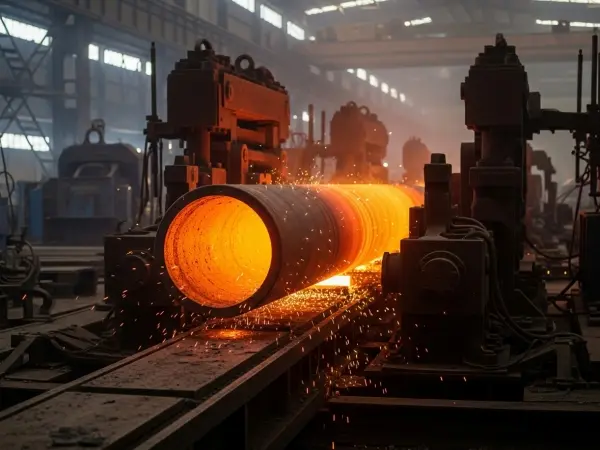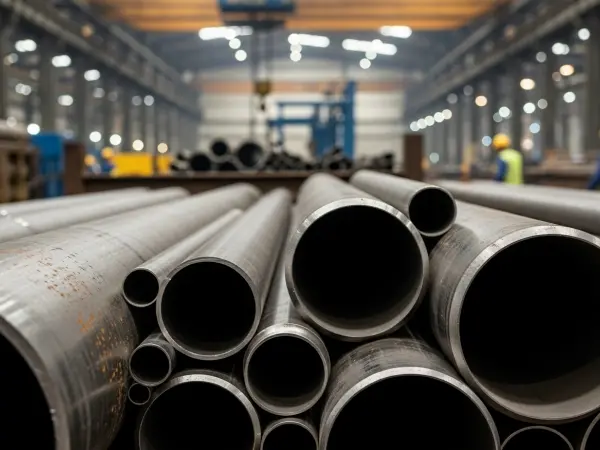
Boiler tube corrosion is one of the most prevalent and costly problems in steam generation systems across power plants, refineries, and industrial facilities. This insidious process can lead to reduced heat transfer efficiency, increased fuel consumption, unexpected shutdowns, and even catastrophic tube failures if left unchecked.
Understanding the complex mechanisms behind what causes corrosion in boiler tubes and implementing robust prevention measures is critical for maintaining operational reliability and extending equipment lifespan. This comprehensive guide examines all aspects of boiler tube degradation and provides actionable solutions to mitigate corrosion risks.
· Occurs when dissolved oxygen penetrates protective magnetite (Fe₃O₄) layer
· Forms characteristic deep, crater-like pits on tube surfaces
· Most aggressive at temperatures between 140-300°F (60-150°C)
· Low pH water (pH <7) dissolves protective oxide layers
· Accelerated by CO₂ absorption creating carbonic acid
· Particularly damages economizer and feedwater sections
· High pH (pH >12) causes caustic gouging
· Occurs under deposits where hydroxide concentrates
· Leads to wall thinning and intergranular cracking
· Cyclic stresses combine with corrosive environment
· Creates characteristic transgranular cracks
· Common in areas with thermal cycling like attemperators
· Scale/sludge creates concentration cells
· Localized pitting beneath deposits
· Accelerated by poor water chemistry control
· Erosion-corrosion mechanism in high velocity areas
· Thins carbon steel tubes in single-phase flow regions
· Most severe in feedwater systems and LP evaporators
· Maintain strict oxygen control (<5 ppb) with mechanical deaeration and chemical scavengers
· Control pH within 9.2-9.8 range for feedwater, 10.5-11.5 for boiler water
· Implement coordinated phosphate/pH treatment programs
· Continuous online monitoring of key parameters
· Maintain proper blowdown rates to control solids concentration
· Avoid rapid load changes that cause thermal cycling
· Implement layup procedures during outages (wet or dry storage)
· Control feedwater temperature >200°F (93°C) to minimize oxygen solubility
· Upgrade to corrosion-resistant alloys (304/316L SS, Alloy 825) in critical areas
· Specify low-carbon steels with chromium additions for FAC resistance
· Optimize flow velocities (4-6 ft/s for feedwater, 1-3 ft/s for steam)
· Incorporate proper drainage slopes to prevent stagnant areas
· Regular UT thickness surveys to track corrosion rates
· Advanced NDE methods:
o Pulsed eddy current for under-insulation corrosion
o Phased array ultrasonic for crack detection
o Digital radiography for deposit mapping
· Remote visual inspection with borescopes
· Corrosion coupon monitoring programs
A 500MW coal-fired plant experienced repeated failures due to corrosion fatigue in boiler tubes at the drum-to-downcomer junctions. Our comprehensive solution included:
1. Finite element analysis to identify high-stress areas
2. Replacement with improved alloy (SA-213 T22 → SA-335 P91)
3. Operational modifications to reduce thermal cycling
4. Enhanced online monitoring system
Result: 5+ years of trouble-free operation with projected 15-year service life extension.
At Centerway Steel, we engineer the most advanced boiler tube corrosion solutions for demanding applications. Our premium seamless tubes feature:
✔️ Proprietary alloy formulations with enhanced chromium and molybdenum content
✔️ Precision manufacturing for optimal microstructure and corrosion resistance
✔️ Custom solutions for specific corrosion mechanisms (FAC, pitting, stress corrosion)
✔️ Complete material certification and traceability
Our technical experts can help you:
· Select optimal materials for your specific operating conditions
· Develop comprehensive corrosion management programs
· Implement predictive maintenance strategies
Don't let boiler tube corrosion compromise your operations. Contact our corrosion specialists today at [sale@seamless-tube.com] for a free consultation and quote on our high-performance boiler tubing solutions.


